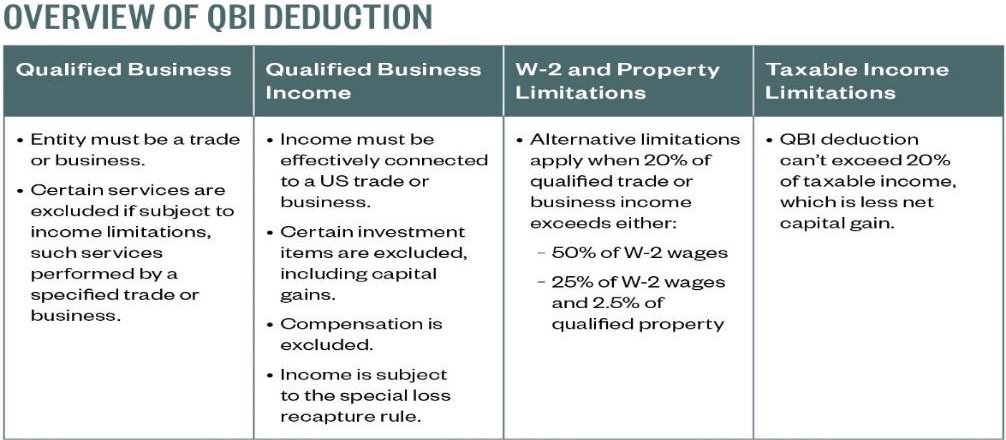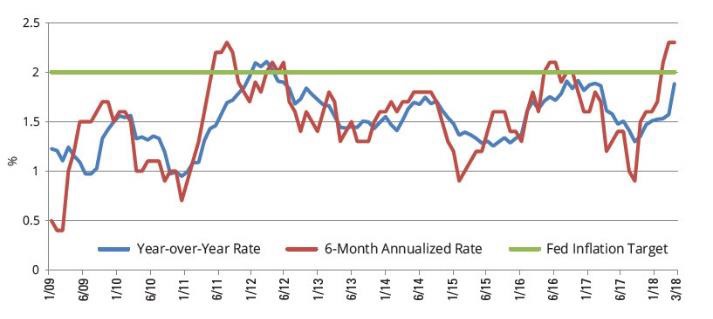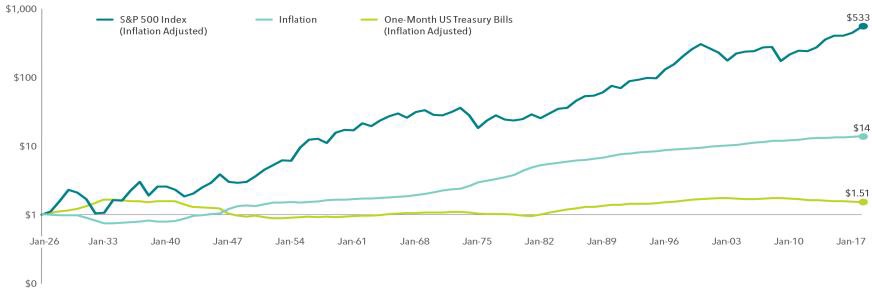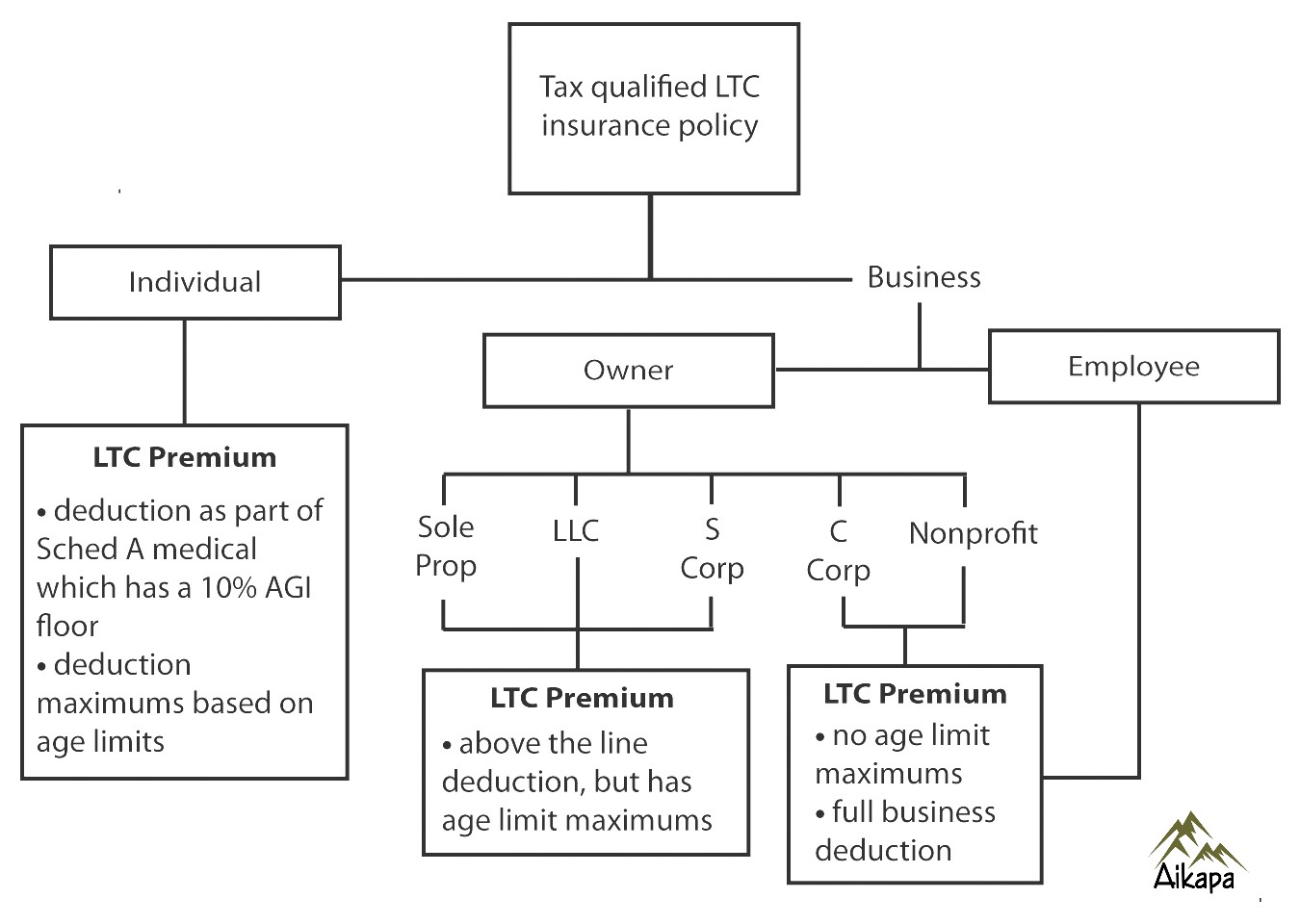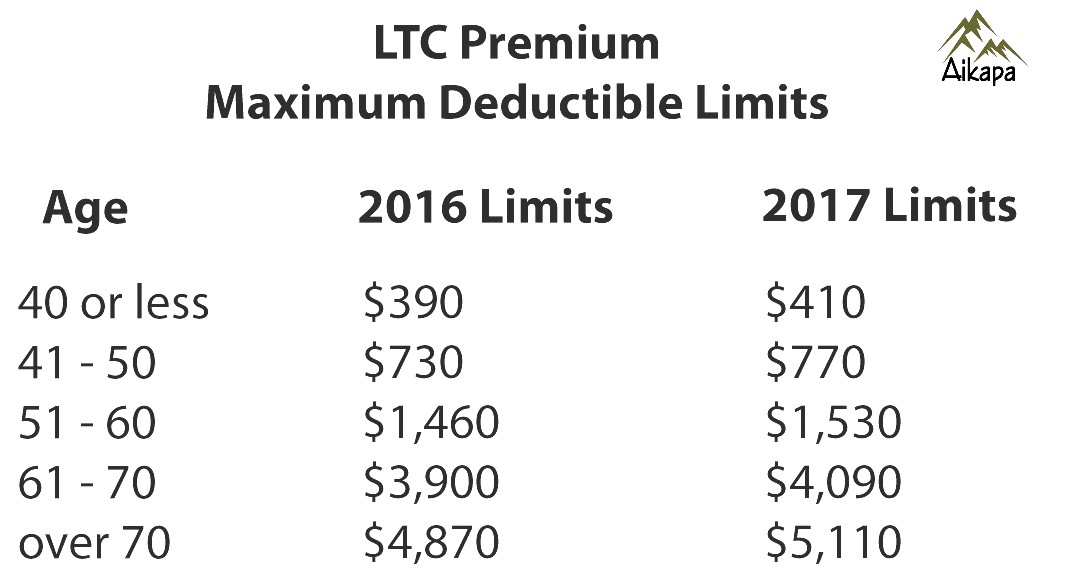Almost every day there is an article in the news about financial fraud. Much of it impacts seniors, like the telephone scam now doing the rounds that has fraudsters posing as Social Security representatives. However, we are all at risk, especially if we believe we are too young, too smart and too vigilant to fall for a scam. Sadly, scam artists are very sophisticated, intelligent, and focused so that they’ve become experts at separating people from their money. Only last month, “Shark Tank” magnate, Barbara Corcoran, was tricked out of nearly $400,000 through an email phishing scam in which fraudsters convincingly posed as her assistant.
A lot of financial fraud targets seniors or those in high pressure situations because cognitive agility decreases as we age or when we are stressed. Furthermore, seniors who live alone are particularly vulnerable.
Here are several things you can do to protect yourself and loved ones from financial fraud:
- Simplify your financial life. One of the best things you can do to reduce the chances you’ll be taken advantage of is to reduce the number of accounts you have and the number of financial institutions you work with. Fraudsters are experts at catching people off guard, posing as others and making their prying questions sound both reasonable and plausible. Make it a habit not to respond to phone calls regarding finances unless you know the person at the other end and never trust emails involving finances without first verifying the source.
- Limit access to and block large transactions. The first step in preventing fraud is to limit the money that can be easily accessed by not keeping large sums in checking accounts. Keep large accounts with a separate institution so that it takes a day or two to make a transfer. Next, if your bank allows it, set alerts for large transactions or block transactions over a certain size. Always use a credit card for online purchases since they give you the ability to reject a charge, while your debit card will automatically pay from your account.
- Always use maximum security on email accounts that you use for financial communications. We’ve seen most cyber fraud through yahoo.com and gmail.com accounts prior to the additional security currently available.
- For large transfers, particularly during hectic times, involve a trusted financial partner and NEVER accept changes to the receiving account and contact over email (or a call from someone you don’t know). It is better to halt the process entirely or at least confirm with a known financial entity than to change course midstream during a cash transfer. Most of the successful fraudulent transfers have been during escrow for a new house purchase or sale. The methods used are creative and ever improving.
- Families should plan their spending ahead and NOT respond to charitable requests on the fly. It is not unusual for seniors to receive many robocalls and mail requests from real charitable organizations because they know that seniors want to do good. It is not unusual for seniors to spend more on charitable donations made ad hoc than was planned. Make a point never to donate based on a phone call or last-minute request at a checkout unless that is part of your charitable plan for the year. I recommend families sit together and come up with an annual plan for charitable donations. When charitable opportunities present themselves defer them for review at your next family charitable giving gathering.
- For seniors or those facing high stress situations, you may want a backup notification sent to your spouse, financial caretaker, or a trusted person for high value transfers. If your bank does not provide for such alerts, then make it a standard practice never to make high value transfers without extensive planning and verification.
- For seniors, it’s important to have a potential financial surrogate in place long in advance of cognitive decline. Identify a trusted family member or friend or trusted professional to be your financial caretaker and start conversations long before you feel you need to turn over your finances. Consider providing view-only access to a trusted person so that they can help you monitor your account activity and be notified of large transactions and suspicious activity. It is a good idea to involve them with your tax preparation and filings as well.
- Due to the number of data breaches in recent years (that have exposed thousands of people’s Social Security numbers and other sensitive data), it has become increasingly possible for fraudsters to open accounts in another person’s name. On a regular basis, personally monitor your credit history with all three major credit agencies for new activity that you didn’t initiate.
- I’m personally uncomfortable with ongoing Credit Freezes unless you can monitor and implement them yourself at minimal cost and without involving a third party. Using a credit monitoring service is not recommended since you are involving an unregulated third party and, in any case, will only alert you after you’ve been victimized. The recommended approach when this happens is to freeze your credit at all 3 major credit agencies. Keep in mind that though this is often recommended by cybersecurity experts it can become a major hassle for you. Freezing your credit can be an issue for you if a company needs to legitimately verify a transaction with your credit history (this is the case for some insurance and bank transactions). Unfortunately, freezing your credit is sometimes the only way to prevent attempts to open a new account in your name, and maybe the preferred or only option for seniors.
Financial fraud is rampant. However, with a bit of preparation, a support system, and communication, you can significantly reduce the odds that it happens to you and your love ones.
Edi Alvarez, CFP®
BS, BEd, MS

